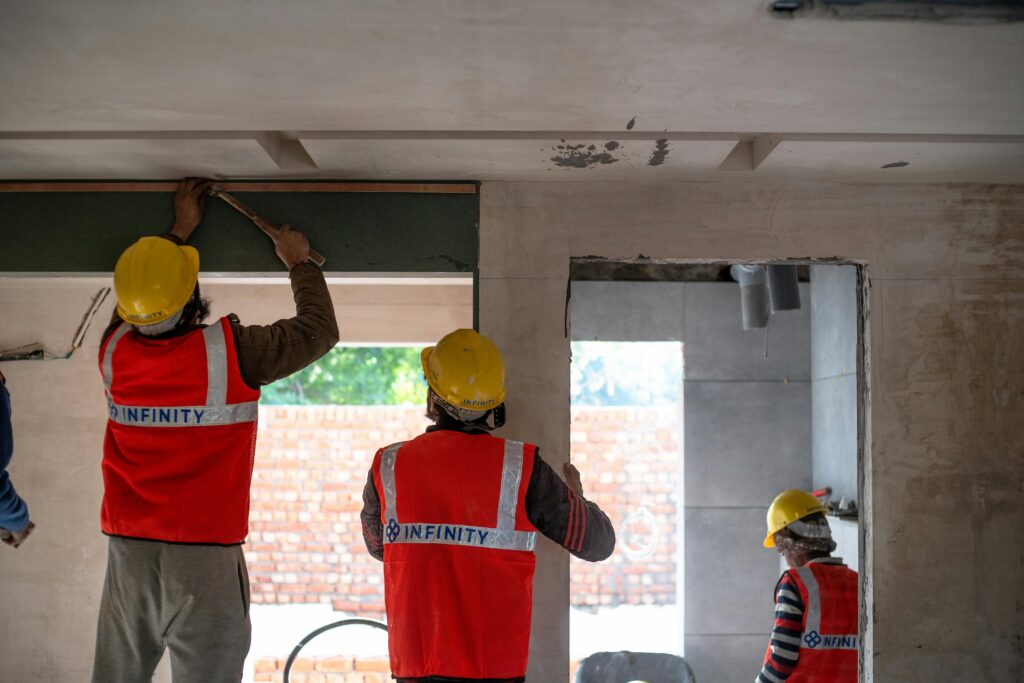Renovations and construction projects are common in India, especially in rapidly urbanizing cities. However, they also bring a hidden risk, exposure to dust and airborne pollutants that can trigger or worsen asthma. Whether you’re remodeling your home, living near a construction site, or dealing with metro and roadwork projects, the fine particles released into the air can be hazardous, especially for those with asthma. In this blog, we will explore how construction dust affects respiratory health, the key pollutants involved, and how you can protect yourself in an Indian context.
Understanding Construction Dust
Construction dust in India consists of a variety of airborne particles, including:
- Silica Dust: Found in materials like concrete, bricks, tiles, and stone, silica dust can penetrate deep into the lungs and cause inflammation.
- Cement Dust: Common in Indian construction sites, cement dust can cause severe respiratory irritation.
- Wood Dust: Cutting and sanding wood, especially in carpentry-intensive projects, releases fine particles that can irritate the respiratory system.
- Asbestos Fibers: Many older Indian buildings contain asbestos, which is highly dangerous when disturbed and inhaled.
- Volatile Organic Compounds (VOCs): Paints, varnishes, adhesives, and synthetic materials emit VOCs, which can trigger asthma symptoms.
- Mold Spores: Renovations often expose hidden mold growth, releasing spores into the air that can worsen asthma.
How Construction Dust Affects Asthma
For individuals with asthma, exposure to construction dust can lead to:
- Airway Inflammation: Fine dust particles irritate the airways, causing inflammation and narrowing of the bronchial tubes.
- Increased Mucus Production: The body’s response to inhaled irritants includes excess mucus production, leading to congestion and breathing difficulties.
- Heightened Sensitivity to Triggers: Prolonged exposure to dust can make the lungs more reactive to other asthma triggers like pollen and pollution.
- Frequent Asthma Attacks: Dust exposure can worsen symptoms such as coughing, wheezing, and shortness of breath, increasing the likelihood of asthma attacks.
High-Risk Situations for Asthma Patients in India
- Living Near Construction Sites: With India’s rapid urbanization, residential areas are often near ongoing construction, leading to persistent dust exposure.
- Home Renovations: Many Indian households undergo frequent repairs, increasing exposure to dust and chemical fumes.
- Metro and Road Construction: The expansion of metro networks and highways contributes significantly to air pollution and dust levels.
- Workplace Hazards: If you work in construction or a related industry, consistent exposure can worsen asthma symptoms.
How to Protect Yourself
Before Renovation Begins:
- Plan Ahead: Schedule renovations during seasons when ventilation is easier, like winters in North India.
- Relocate Temporarily: If possible, stay elsewhere until major work is complete.
- Choose Low-VOC Products: Opt for paints, adhesives, and varnishes labeled as ‘low-VOC’ or ‘non-toxic.’
During Renovation:
- Use Air Purifiers: HEPA-filter air purifiers can help reduce airborne dust and allergens.
- Seal Off Work Areas: Use plastic sheets to prevent dust from spreading to other parts of the home.
- Ensure Proper Ventilation: Keep windows open and use exhaust fans to remove dust and fumes, unless outdoor pollution is high.
- Wear a Mask: An N95 or higher-rated mask can filter out fine dust particles.
After Renovation:
- Deep Clean Thoroughly: Vacuum with a HEPA filter, wipe surfaces with damp cloths, and remove all debris.
- Inspect for Mold: If there were any leaks or water damage, check for mold growth.
- Continue Air Filtration: Keep air purifiers running for several days after the work is completed.
Government Regulations and Public Awareness in India
The Indian government has implemented several measures to control construction dust and pollution:
- The National Green Tribunal (NGT) has issued guidelines for dust control at construction sites.
- Water Sprinkling Measures: Many metro and road construction projects are mandated to spray water to reduce dust.
- Ban on Certain Materials: The use of hazardous materials like asbestos is being phased out.
However, enforcement remains a challenge, and individuals need to take their own precautions to protect their health.
Conclusion
Construction dust and renovation-related pollutants can be significant asthma triggers, especially in India’s fast-developing cities. Awareness and preventive measures can help reduce exposure and keep asthma under control. If you’re planning renovations, taking proactive steps to minimize dust and pollutants is crucial to maintaining a safe environment. Stay informed, take precautions, and prioritize your respiratory health.
Please share your comments with everyone in the asthma friend community.












